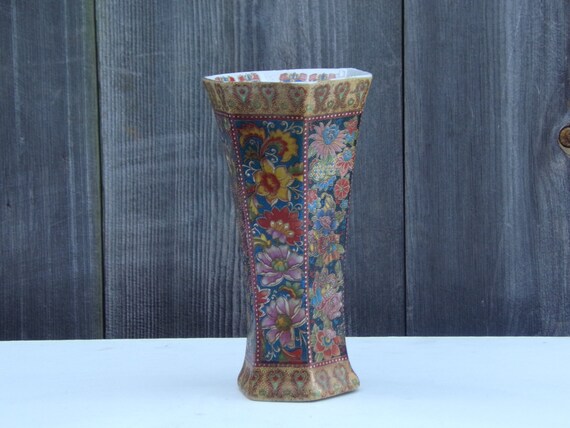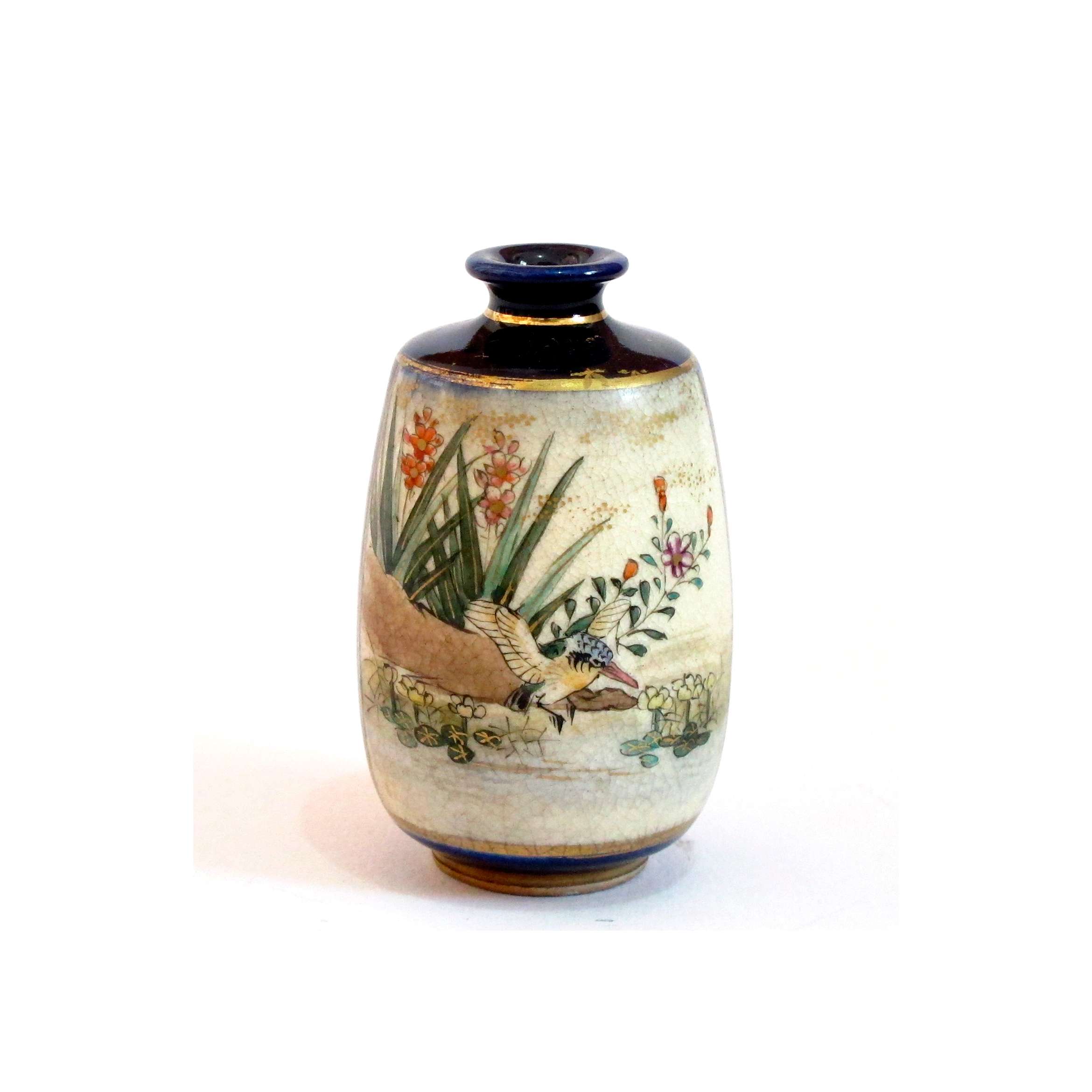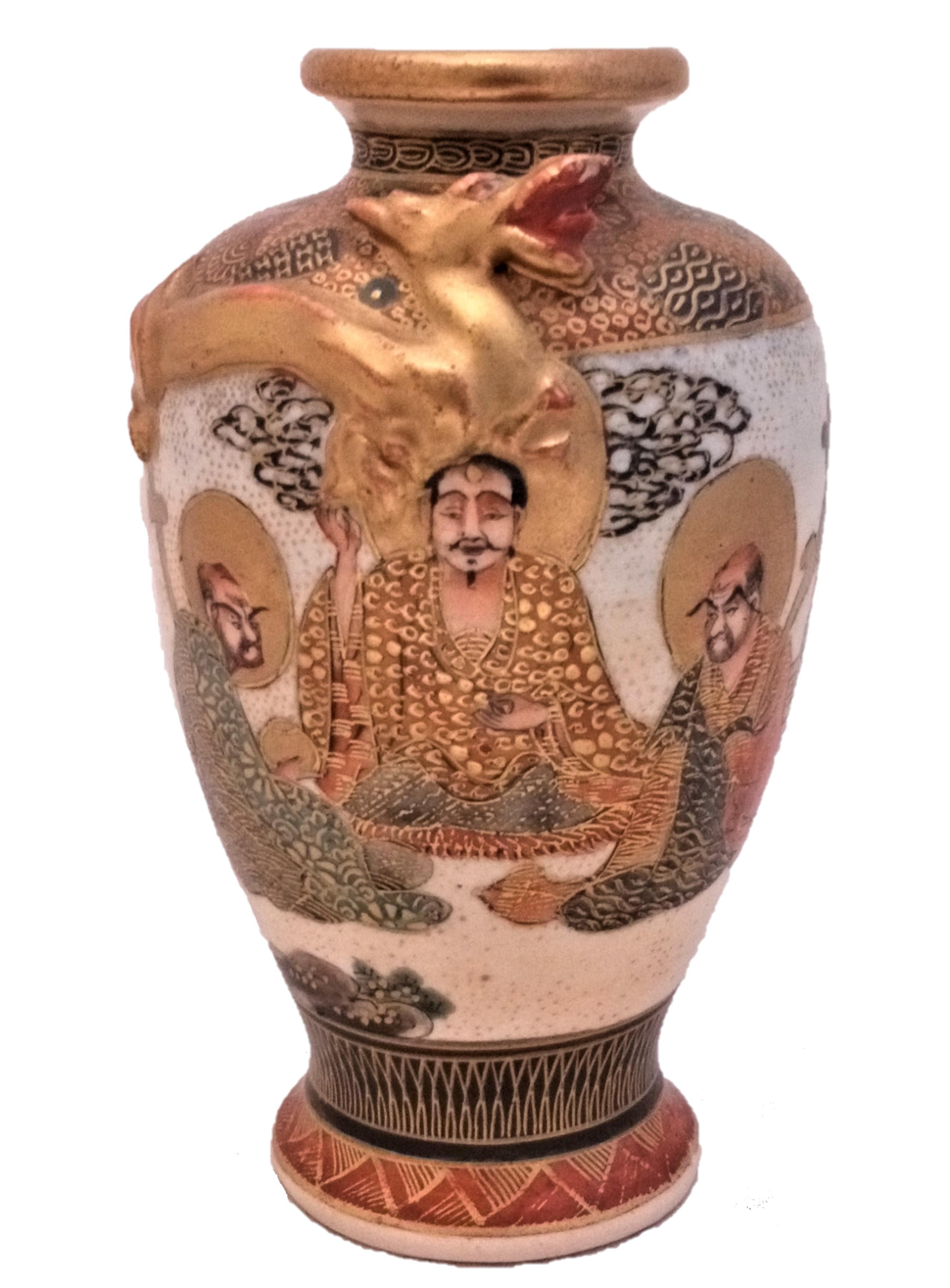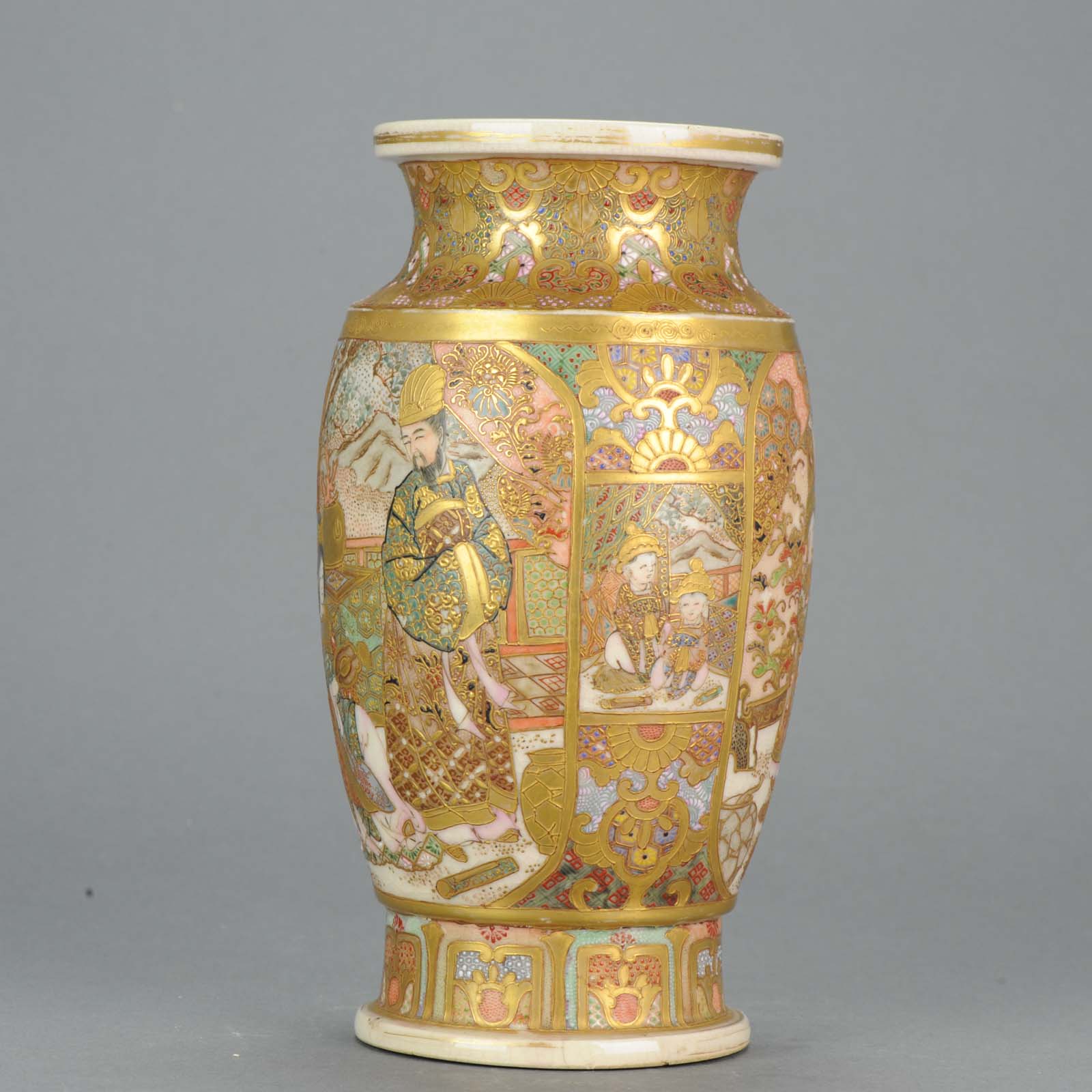vintage japanese satsuma vase sorted by
relevance
-
Related searches:
- da fällt mir ein stein vom herzen
- Kathy Bates nackt
- dick pic nude
- frauen oben frei
- Darin Itdhanuvekin nackt
- serena und sannah nackt
- sudan porno
- elise graves bondage
- indian milf
- castratrix
- Patricia Paay nackt
- singure matrimoniale nr tel
- minsk belarus girls
- Marie Leuenberger nackt
- fkk strand mallorca cala millor












